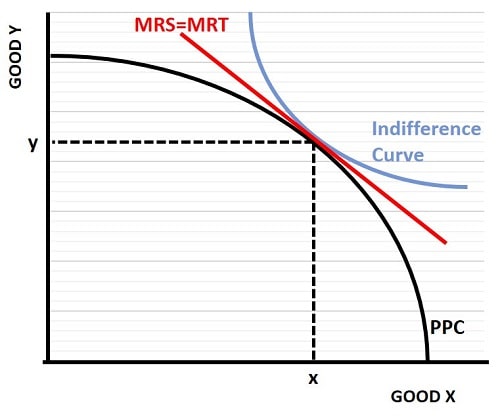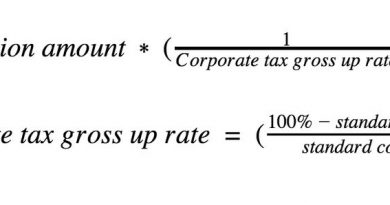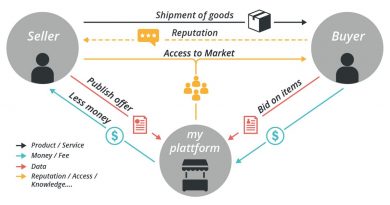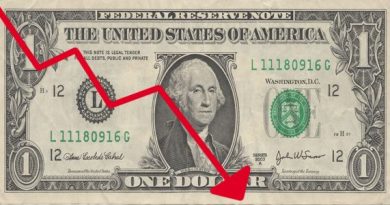Marginal Rate of Transformation MRT Definition and Calculation

Marginal Rate of Transformation (MRT): Definition and Calculation
What Is the Marginal Rate of Transformation (MRT)?
The marginal rate of transformation (MRT) is the number of units or amount of a good that must be forgone to create or attain one unit of another good. It is the number of units of good Y that will be foregone to produce an extra unit of good X while keeping the factors of production and technology constant.
Key Takeaways
– MRT is the number of units that must be forgone to create or attain a unit of another good, considered the opportunity cost to produce one extra unit of something.
– MRT is also considered the absolute value of the slope of the production possibilities frontier.
– The marginal rate of substitution focuses on demand, while MRT focuses on supply.
Formula and Calculation of the Marginal Rate of Transformation (MRT)
MRT = MCx / MCy
where:
MCx = money needed to produce another unit of X
MCy = rate of increase by cutting production of Y
So, the ratio tells you how much Y you need to give up to produce another X. The MRT is calculated as the marginal cost of producing another unit of a good divided by the resources freed up by cutting production of another unit. The MRT is the marginal cost of production for good X divided by the marginal cost of production for good Y.
What the Marginal Rate of Transformation (MRT) Can Tell You
The marginal rate of transformation (MRT) allows economists to analyze the opportunity costs to produce one extra unit of something. In this case, the opportunity cost is represented in the lost production of another specific good. The marginal rate of transformation is tied to the production possibility frontier (PPF), which displays the output potential for two goods using the same resources.
MRT is the absolute value of the slope of the production possibility frontier. For each point on the frontier, which is displayed as a curved line, there is a different marginal rate of transformation. This rate is based on the economics of producing the two goods.
It is possible to calculate the MRT for a variety of different goods, but the rates will differ depending on the goods compared. It follows that the MRT of X with respect to Y will usually be different from the MRT of X with respect to Z.
Producing more of one good means making less of the other because the resources are efficiently allocated at points on the production possibility frontier. In other words, resources used to produce one good are diverted from other goods, which means less of the other goods will be created. This tradeoff is measured by the marginal rate of transformation (MRT). Generally speaking, the opportunity cost rises as one moves along the PPF. As more of one good is produced, the opportunity cost of the other good increases. This phenomenon is similar to the law of diminishing returns.
Example of How to Use the Marginal Rate of Transformation (MRT)
The MRT is the rate at which a small amount of Y can be foregone for a small amount of X. The rate is the opportunity cost of a unit of each good in terms of another. As the number of units of X relative to Y changes, the rate of transformation may also change. For perfect substitute goods, the MRT will equal one and remain constant.
As an example, if baking one less cake frees up enough resources to bake three more loaves of bread, the rate of transformation is 3 to 1 at the margin. Or consider that it costs $3 to make a cake. Meanwhile, $1 can be saved by not making a loaf of bread. Thus, the MRT is 3, or $3 divided by $1.
As another example, consider a student who faces a tradeoff that involves giving up some free time to get better grades in a particular class by studying more. The MRT is the rate at which the student’s grade increases as free time is given up for studying, which is given by the absolute value of the slope of the production possibility frontier curve.
The Difference Between the MRT and the Marginal Rate of Substitution (MRS)
While the marginal rate of transformation (MRT) is similar to the marginal rate of substitution (MRS), these two concepts are not the same. The marginal rate of substitution focuses on demand, while MRT focuses on supply.
The marginal rate of substitution highlights how many units of Y would be considered by a given consumer group to be compensation for one less unit of X. For example, a consumer who prefers oranges to apples may only find equal satisfaction if she receives three apples instead of one orange.
Limitations of Using the Marginal Rate of Transformation (MRT)
The MRT is generally not constant and may need to be recalculated frequently. Furthermore, goods will not be distributed efficiently if MRT doesn’t equal MRS.



